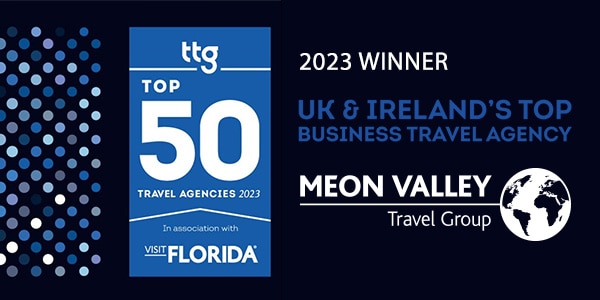When Delta invested in Virgin Atlantic, Sir Richard Branson marked the moment by removing his opposite number’s tie. The immaculately dressed US chief executive looked a little uncomfortable but grinned his way through it.
The open-necked Branson was subtly pointing out the cultural differences between the two carriers – ironic seeing as it’s usually us Brits that are renowned for being the more formal dressers. Years later, Virgin and Delta are getting on just fine and more recent images of Delta’s latest boss show him tie-less and sporting Virgin-style sneakers with his suit!
Dress isn’t the only aspect of the minefield that is cultural and behavioural differences; something corporate travellers remind themselves of regularly and brush up. What you’re wearing and how you communicate are just two things that compound a first impression, so getting this right is a prerequisite. If you need to be respected, you want to look respectable.
In some cultures – Russia and Thailand, for example – don’t arrive without a tie if you want to be taken seriously. If you’ve a tie but no jacket, (the wrong way around for us Brits) you’re deemed to be smart casual whatever that means these days. In the US, the no-tie code works okay, but don’t wear cheap shoes, even your sneakers brand sends a message and so far, it’s only Richard Branson-that I’ve seen get away with that pullover! Your competence as a business professional depends on this with your handshake in many territories.
There are a few things I’ve the painful experience of remembering even before one makes a trip. Email protocols are one; find out how formal you need to be and how differently the blended new cultures write them. For example, if you want to get over five different points to a US counterpart, send five separate communications and each will be treated of equal importance. Send one and it’s likely only the most important point to the recipient will be dealt with.
In central and Eastern Europe, sending presentations in advance can be a big win, as many prefer to process in advance and discuss outcomes rather than introductions when meeting face to face.

There are a few quirky things I’ve discovered when cocking it up over the years. French businesses regard branded gifts as tacky. Scandinavians have no such thing as a free lunch; my experience is most insist on paying individually so there’s no point in flashing the platinum thinking you’re making new friends. And if it’s the Middle East, always set aside a good half hour for preliminaries involving taking tea.
Working hours are another issue; America opens early and most like to start crazy-early and quit before six. Most will frown upon drinking alcohol during a business dinner and whatever you do, don’t swear unless they do! Sense of humour is another potential pitfall. The reason Germany (wrongly) gets accused of having no sense of humour is simply because the business of business is deadly serious, and levity has no place until after the work is done. We fail to learn the language of business in this multi-faceted omnichannel world at our peril. Brits have a reputation for not bothering to learning the language. The world is changing, and age demographics now play a part as well.
My advice is simple, whoever you’re off to meet do your homework first; its all there on the interweb! Ask a colleague (or your TMC) about any protocols, cultural nuances, and pitfalls to look out for, it’s not rocket science and people do business with people in business travel.
I’ve learned to not over-think it; it’s a cliché but as we travel the world, we enjoy the privilege of discovering we all have so much more in common than divides us. Then again, I have an Armenian client, French speaking, UK-educated, living and working in Prague, for a Scandinavian business trading in Thailand. I’m still trying to get my head around whether to wear that stupid tie or not!






